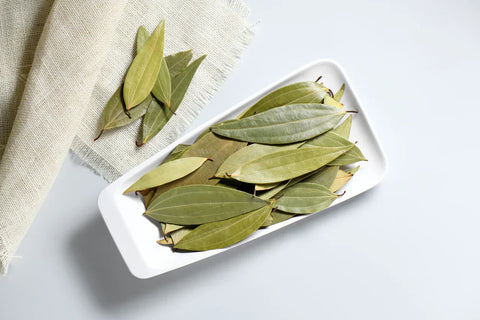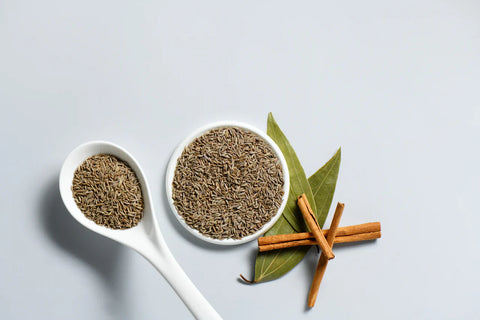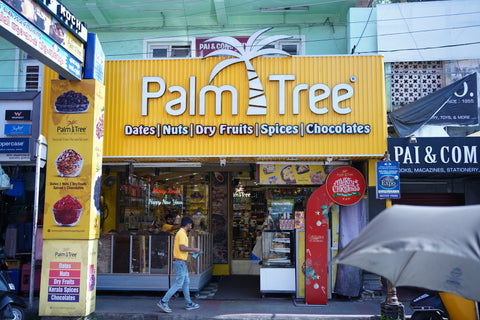Turmeric, often hailed as the "golden spice," is more than just a vibrant hue for your dishes; it carries a history as rich as its flavour. This beloved spice has been a staple in kitchens around the world, celebrated not just for its distinctive taste, but also for its cultural significance. Let’s explore the origins of turmeric, its culinary uses, and why it deserves a spot in your spice collection.
The Origin of Turmeric
Turmeric comes from the rhizome of the Curcuma longa plant, which is native to South
Asia. This vibrant yellow spice has been used in cooking and dyeing for thousands of years. Its roots have firmly established turmeric in the spicy tapestry of Indian cuisine, where it's a key component of curry powders. Historical records even suggest its use in ancient India more than 4,000 years ago, where it was revered for its color and flavour in cooking and as a ceremonial ingredient.
Culinary Uses: A Versatile Spice
The unique flavour of turmeric is often described as warm, bitter, and slightly peppery. It ismost commonly recognized as a crucial element in Indian curry dishes, but its versatilityextends far beyond that. Here are several ways to incorporate this golden spice into yourcooking:
Curries and Stews: Add turmeric to your curries and stews for a beautiful color and an earthy flavour that enhances the depth of the dish. Whether you’re making a classic chickpea curry or a hearty beef stew, turmeric can elevate your recipe.
Rice Dishes: A pinch of turmeric in your rice adds a stunning golden hue and a subtle flavour. Try it in biryani or as a simple seasoning for plain rice to make it extraordinary. Soups: Use turmeric in broths and soups for a delicious twist. It pairs beautifully with lentils, carrots, and squash, creating warm and comforting flavours.
Smoothies and Lattes: For those adventurous with flavours, incorporating turmeric into smoothies or golden lattes can provide a unique touch. Combining it with spices like cinnamon and ginger can create a delightful beverage that tantalizes the palate.
Why Turmeric Is a Must-Have
Turmeric is more than just a pretty spice; its rich, warm flavour makes it a fundamental ingredient in many culinary traditions. It’s ideal for adding warmth and color to dishes without overpowering other flavours, making it indispensable for both novice cooks and experienced chefs alike.
Moreover, its vibrant color can transform even the simplest of meals into visually appealing presentations. When hosting guests, a dish infused with turmeric not only delights the taste buds but also adds an exotic flair to your dining table.
FAQs
-
How should I store turmeric?
Keep turmeric in a cool, dark place in an airtight container. This will help preserve its flavour and vibrant color for months!
-
Can I use fresh turmeric instead of dried?
Absolutely! Fresh turmeric can be used in place of dried; just remember to adjust the
quantity, as fresh turmeric is often more potent.
-
Is turmeric only used in Indian cooking?
Not at all! While it's a staple in Indian cuisine, turmeric can be incorporated into dishes from
various culinary traditions, including Asian, Middle Eastern, and even some Mediterranean recipes.
Conclusion
Turmeric is truly a culinary treasure that has stood the test of time and continues to shine in kitchens around the globe. Its warm flavour, vibrant color, and rich historical roots make it a spice worth celebrating. So, the next time you cook, don’t forget to reach for this golden gem—it might just transform your meal into something extraordinary!











